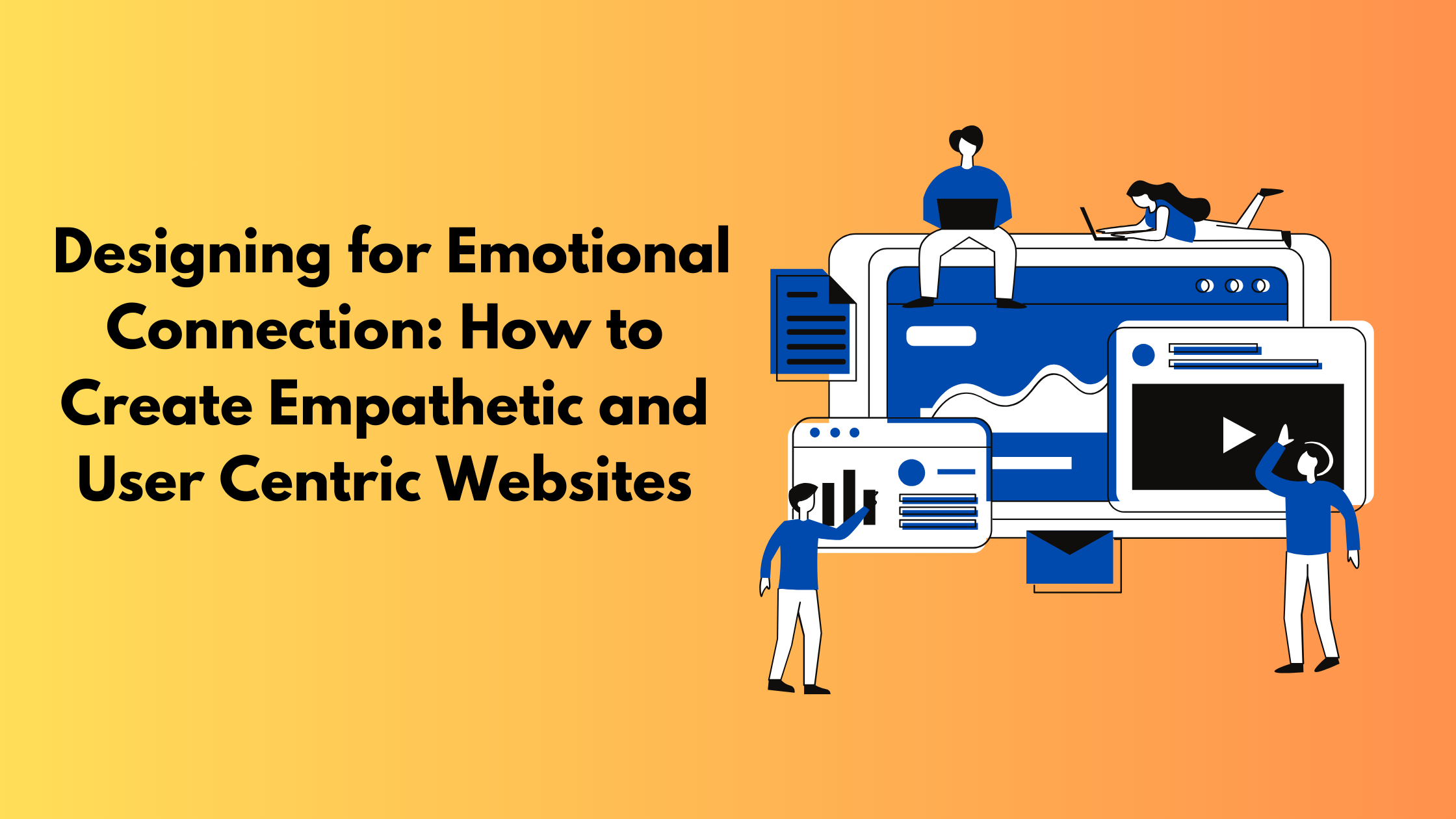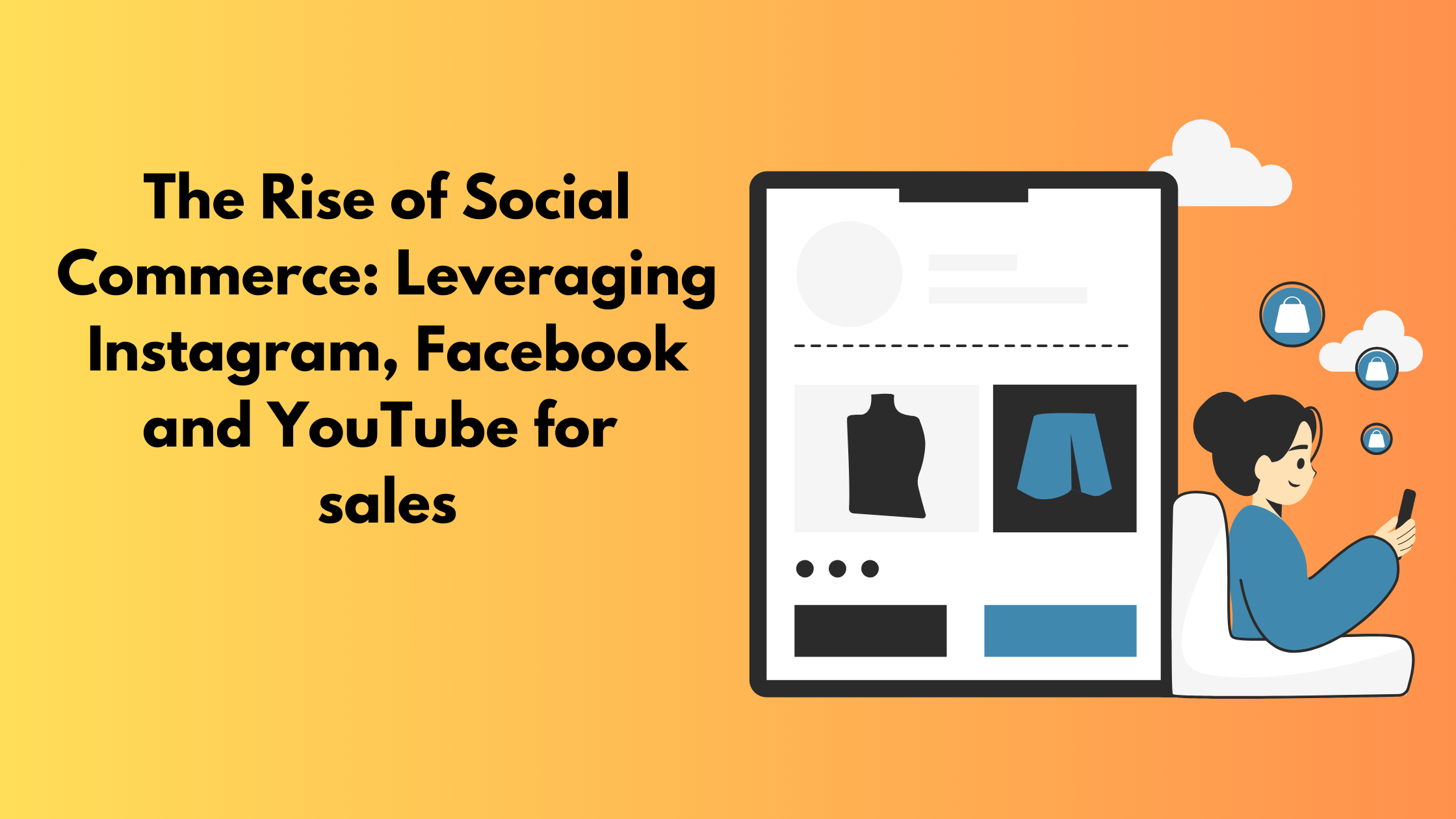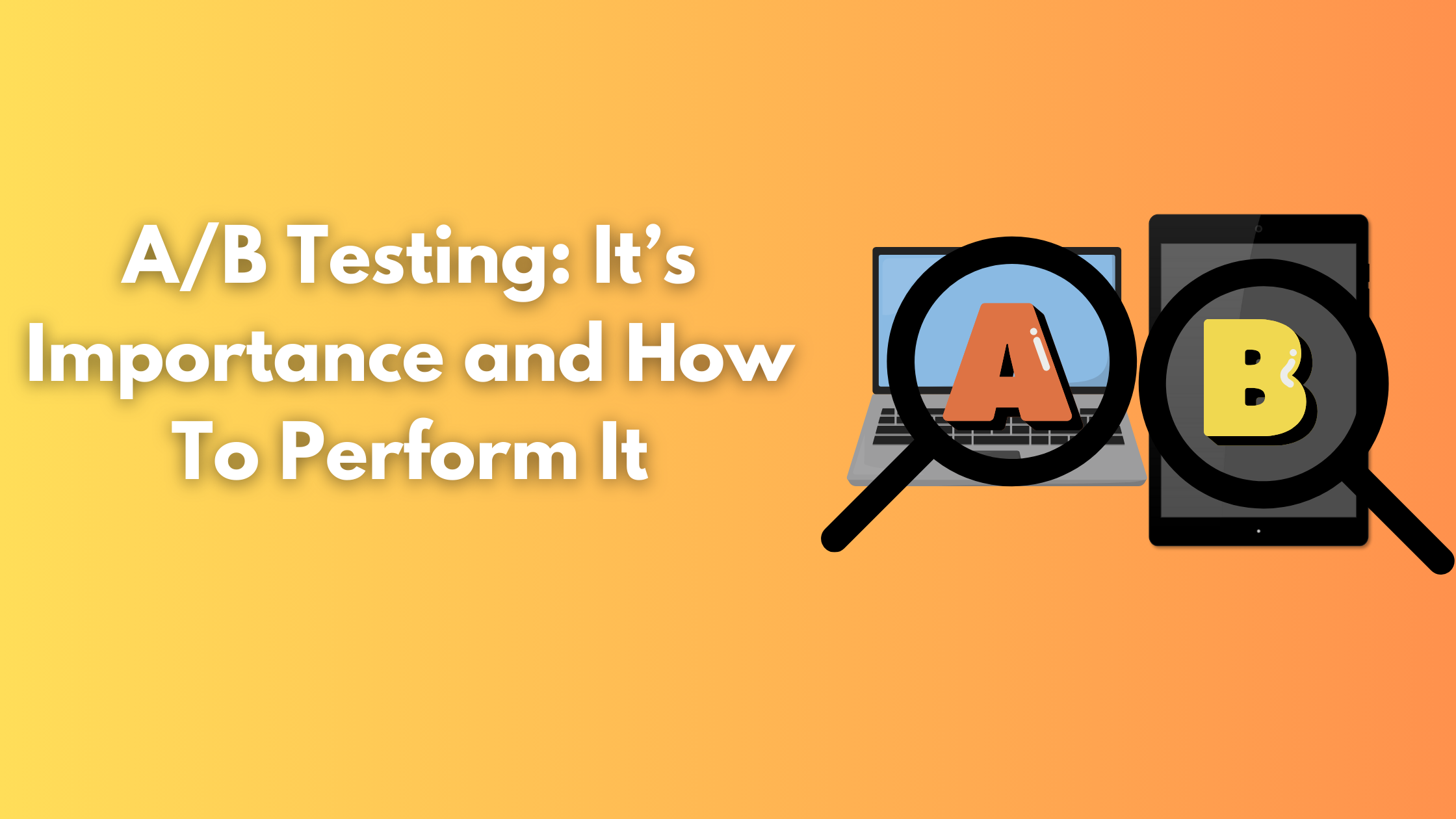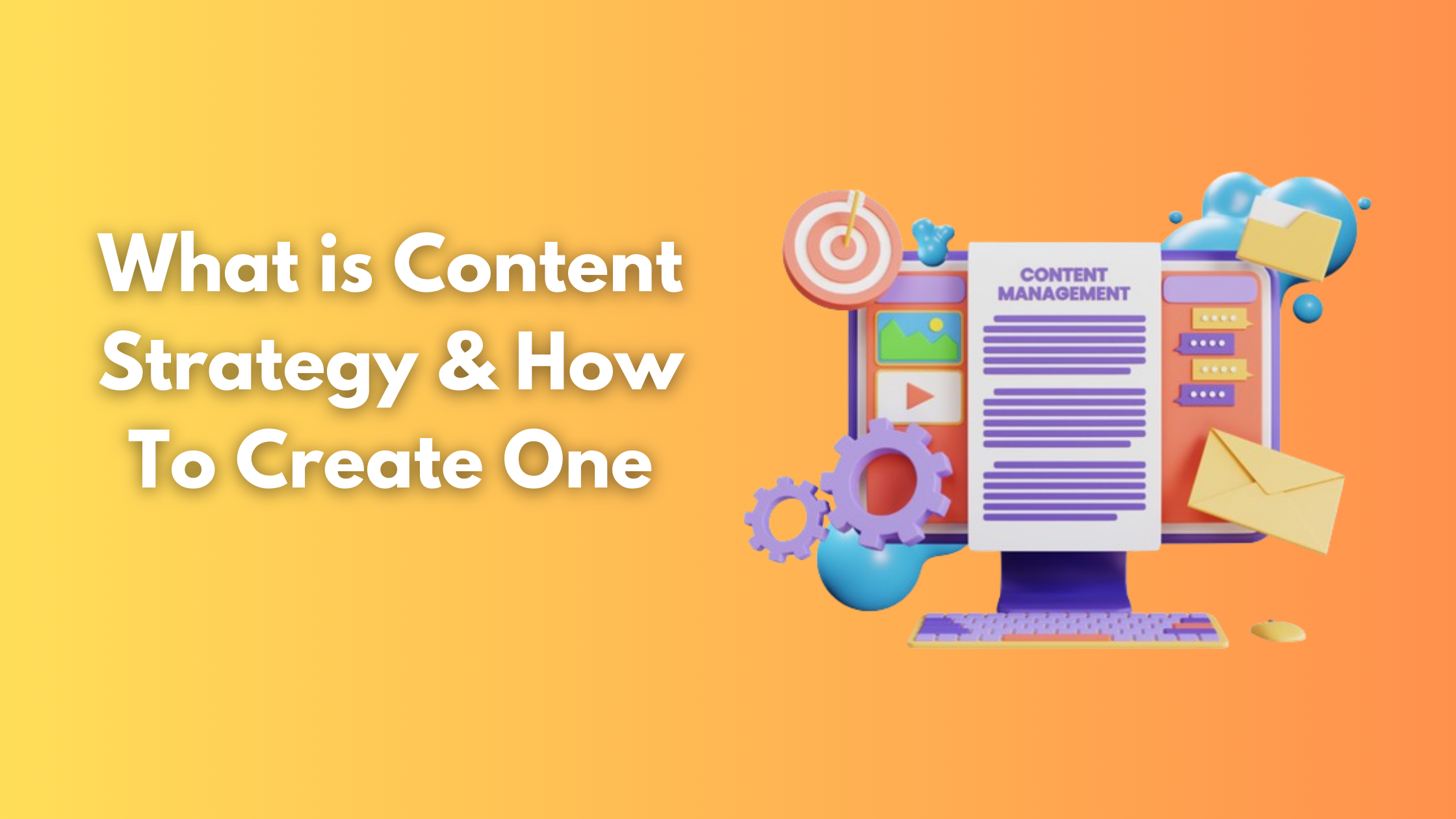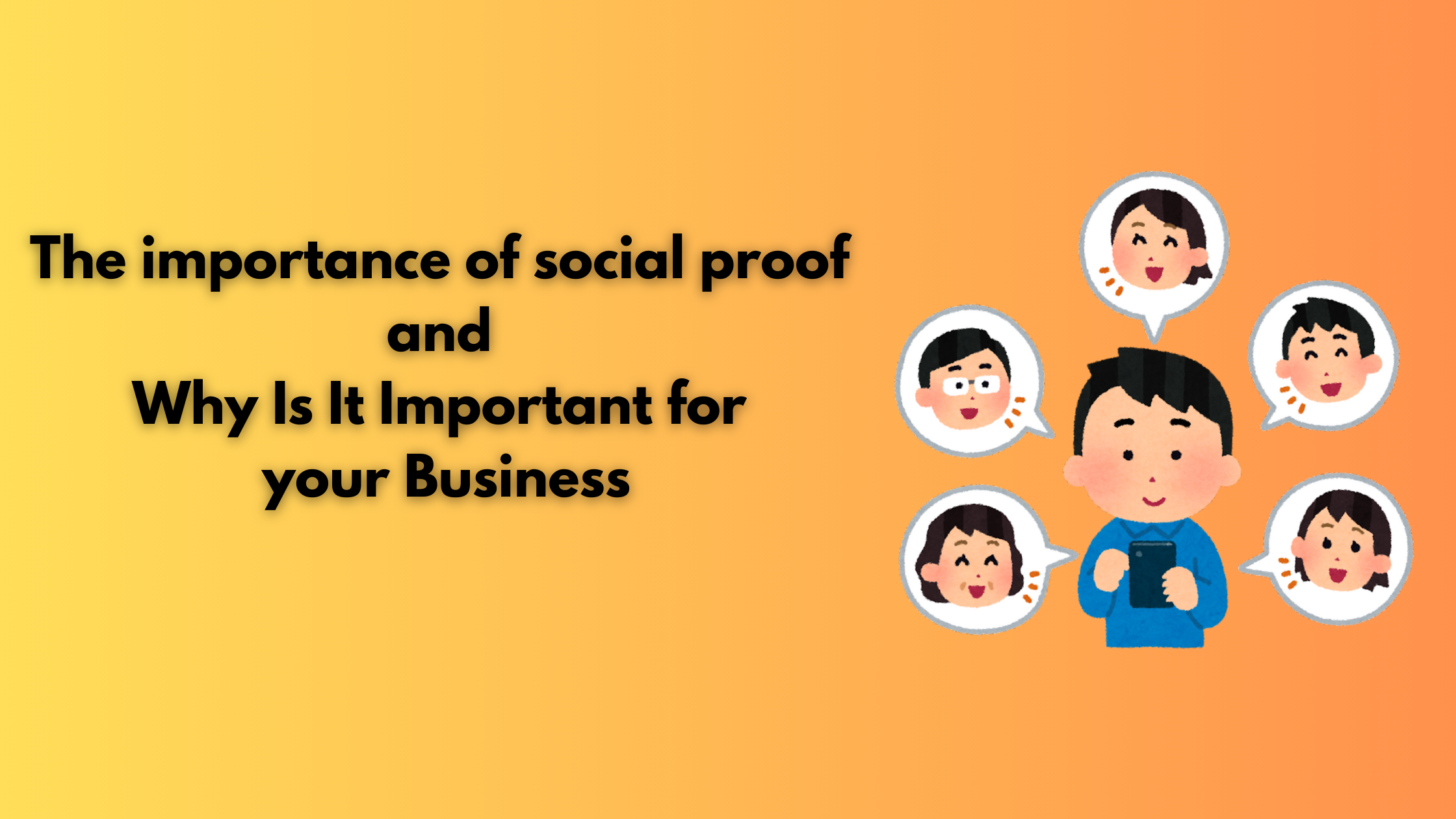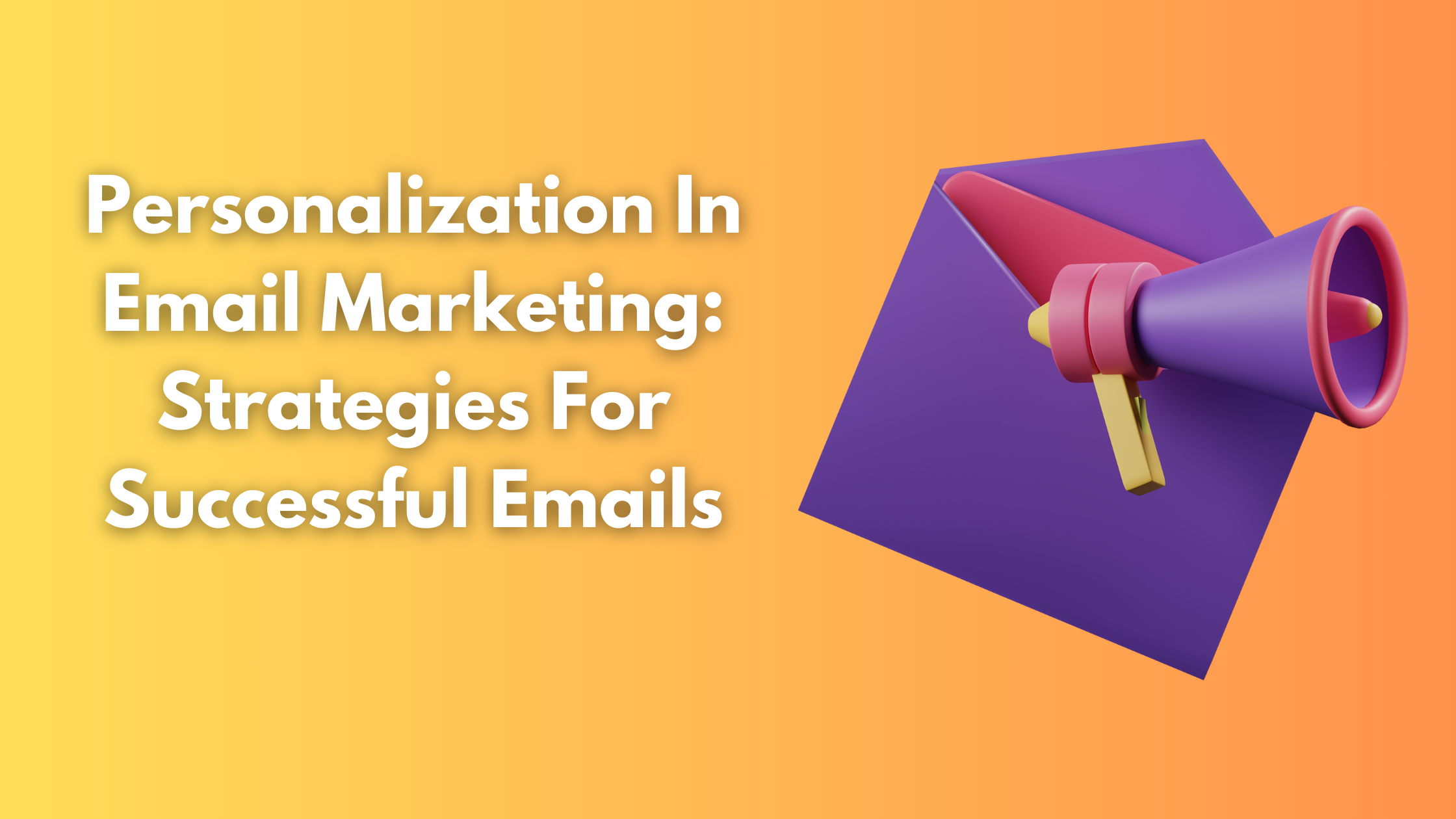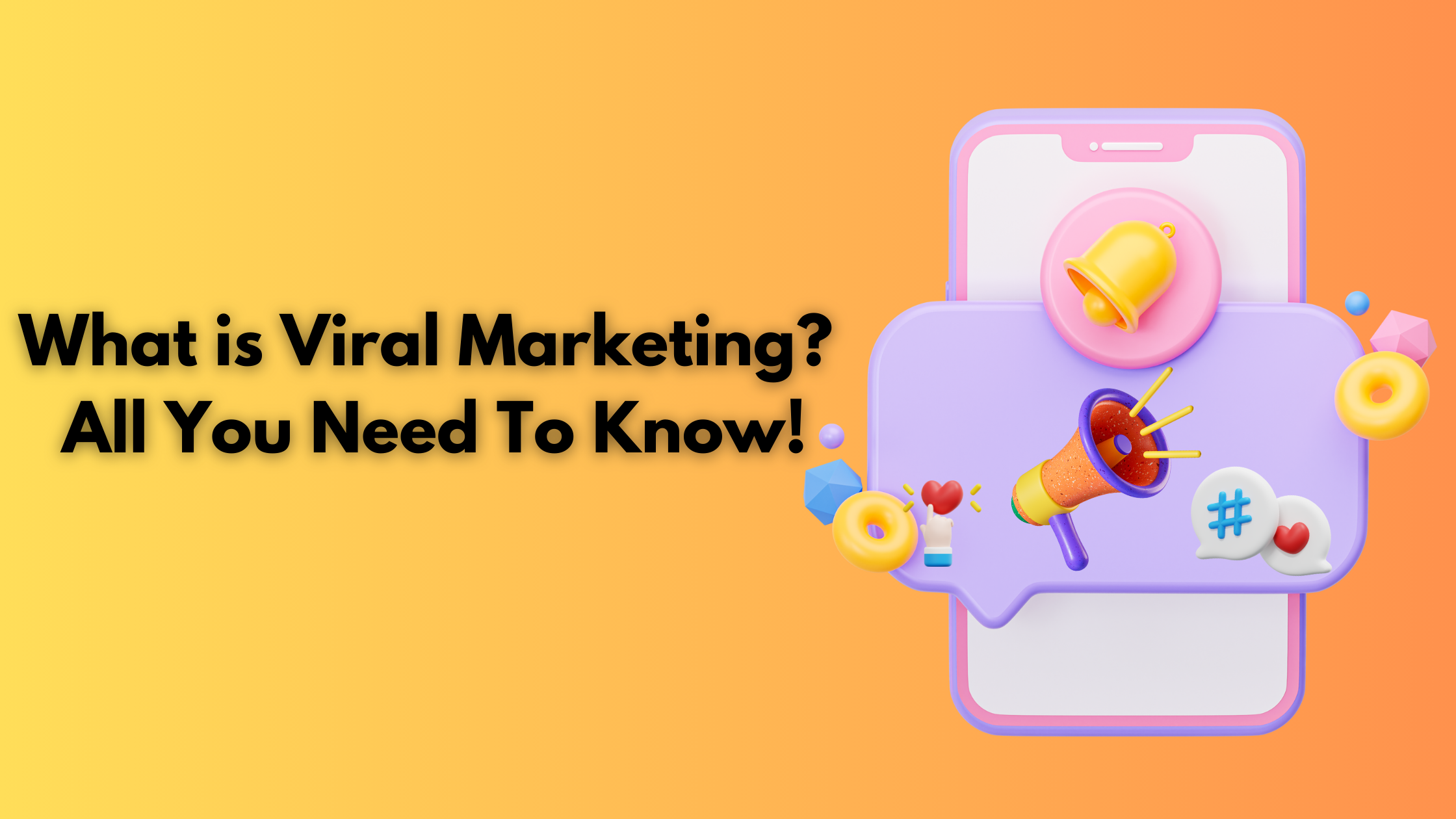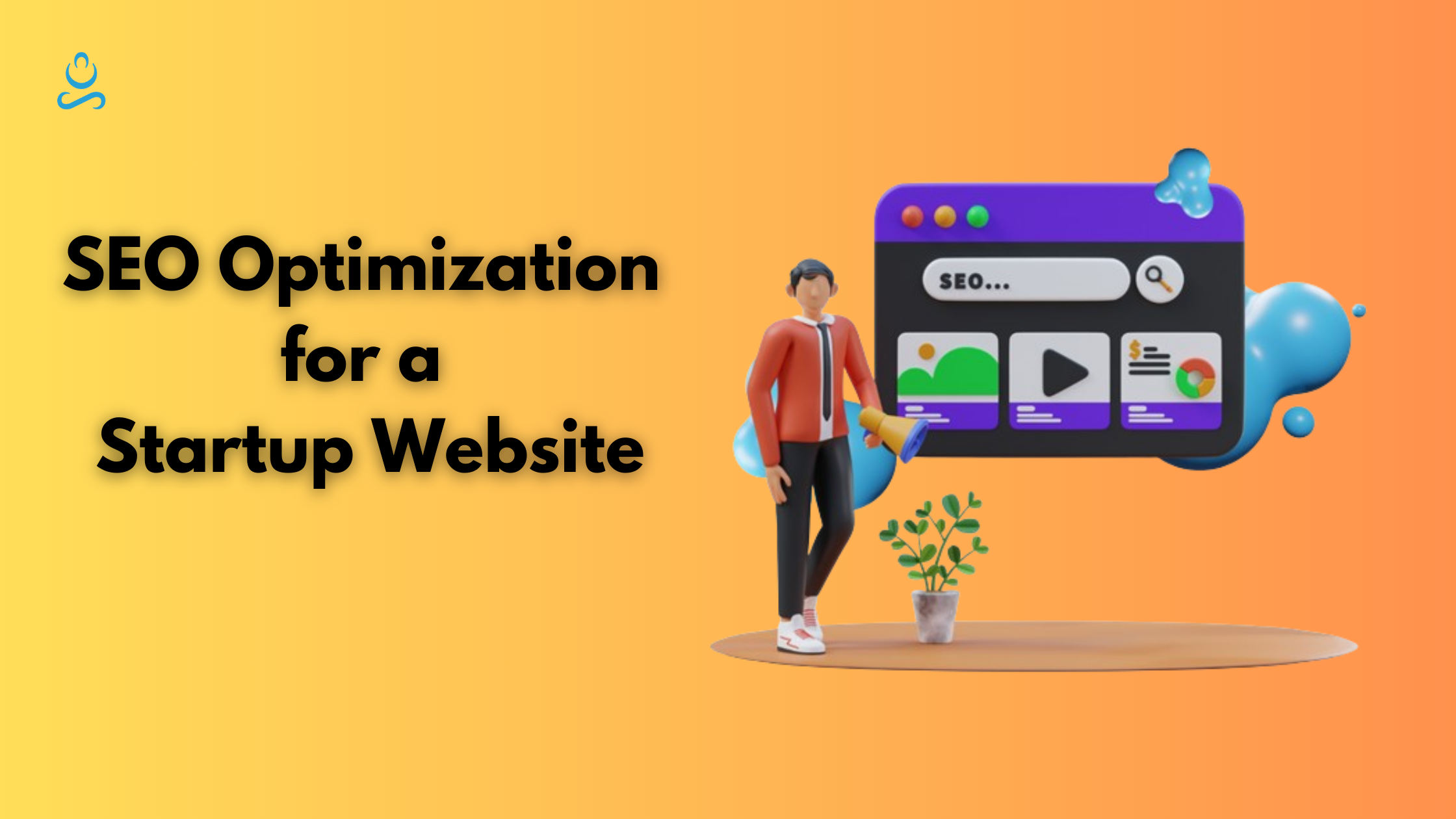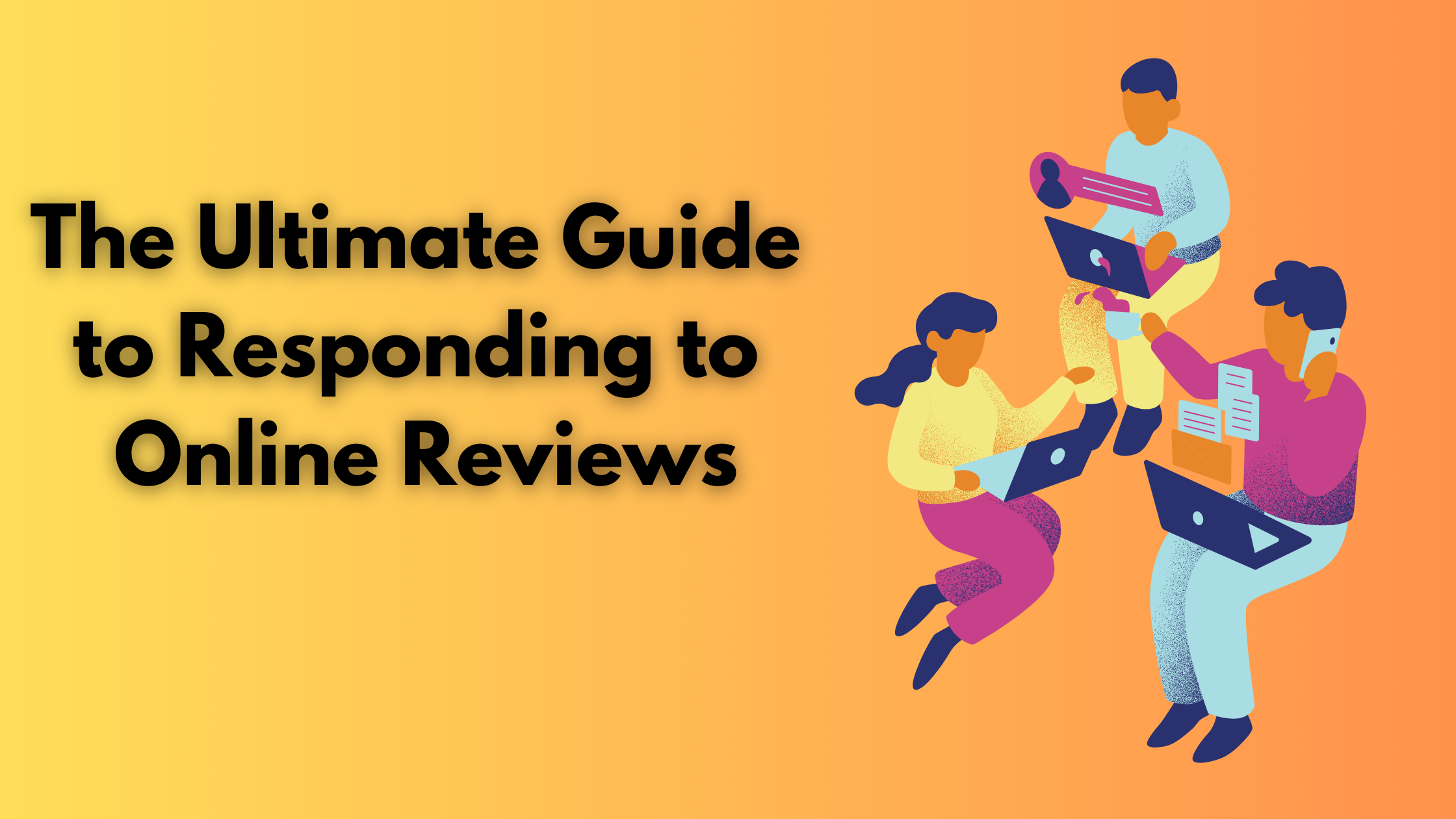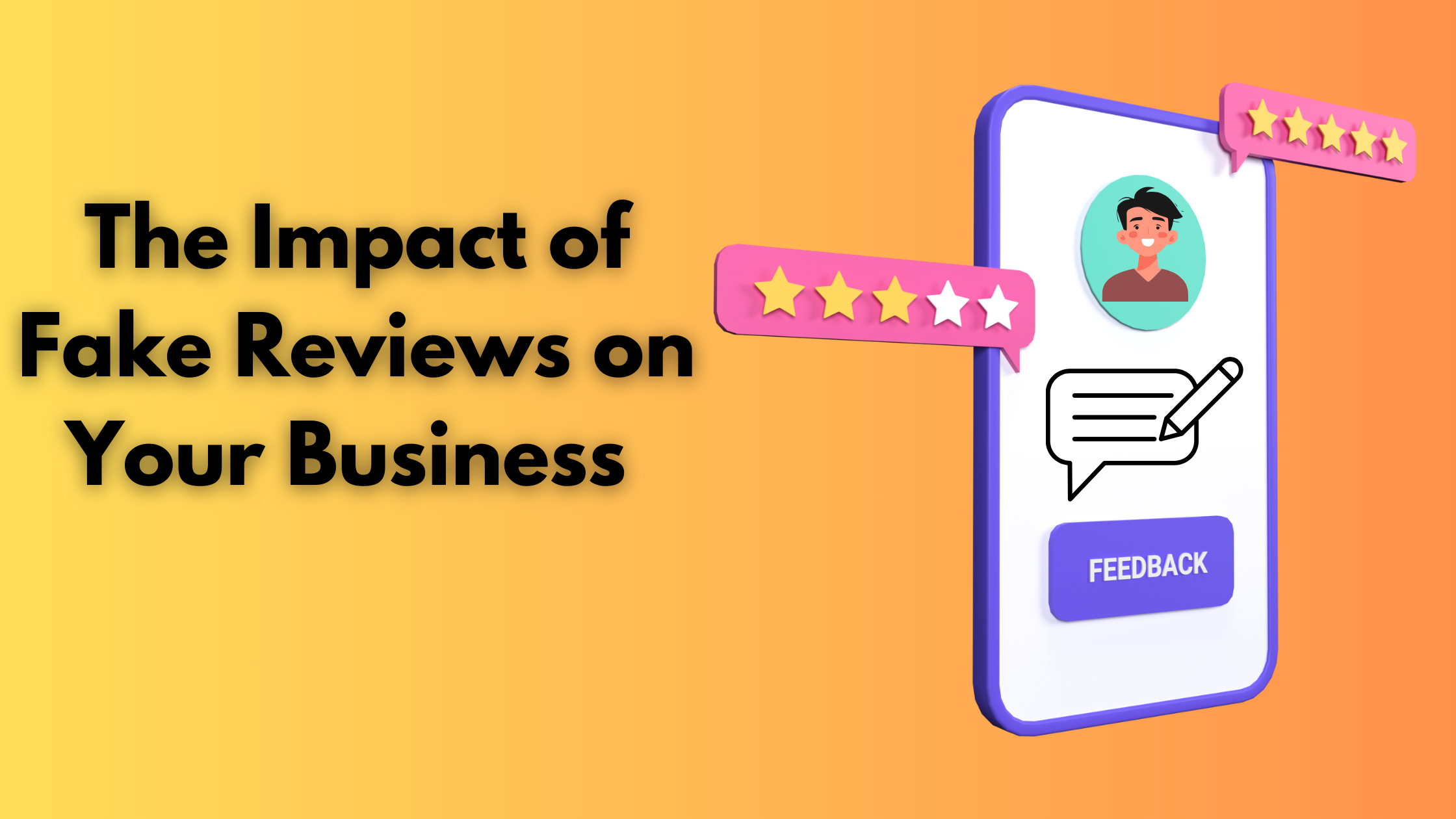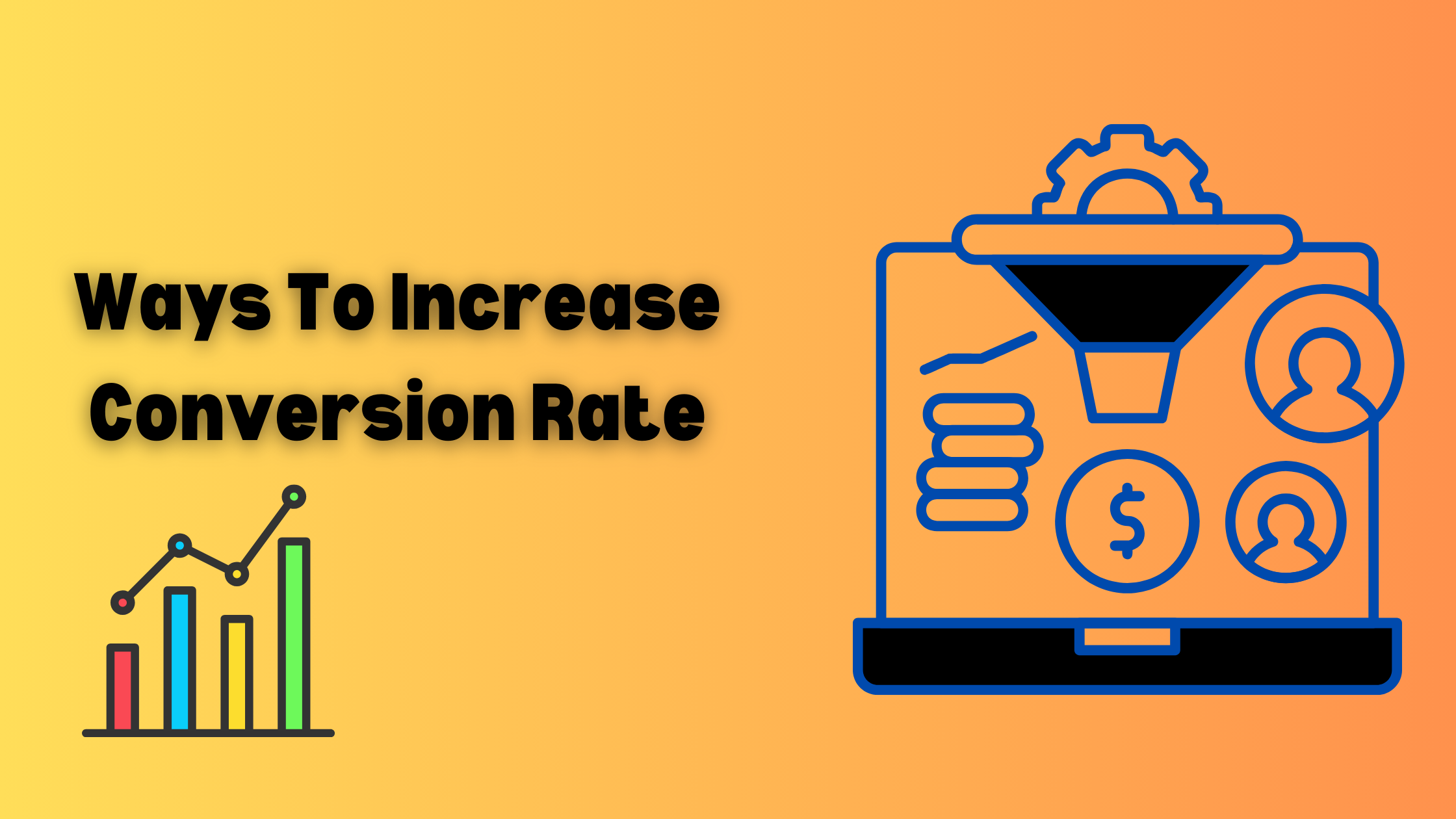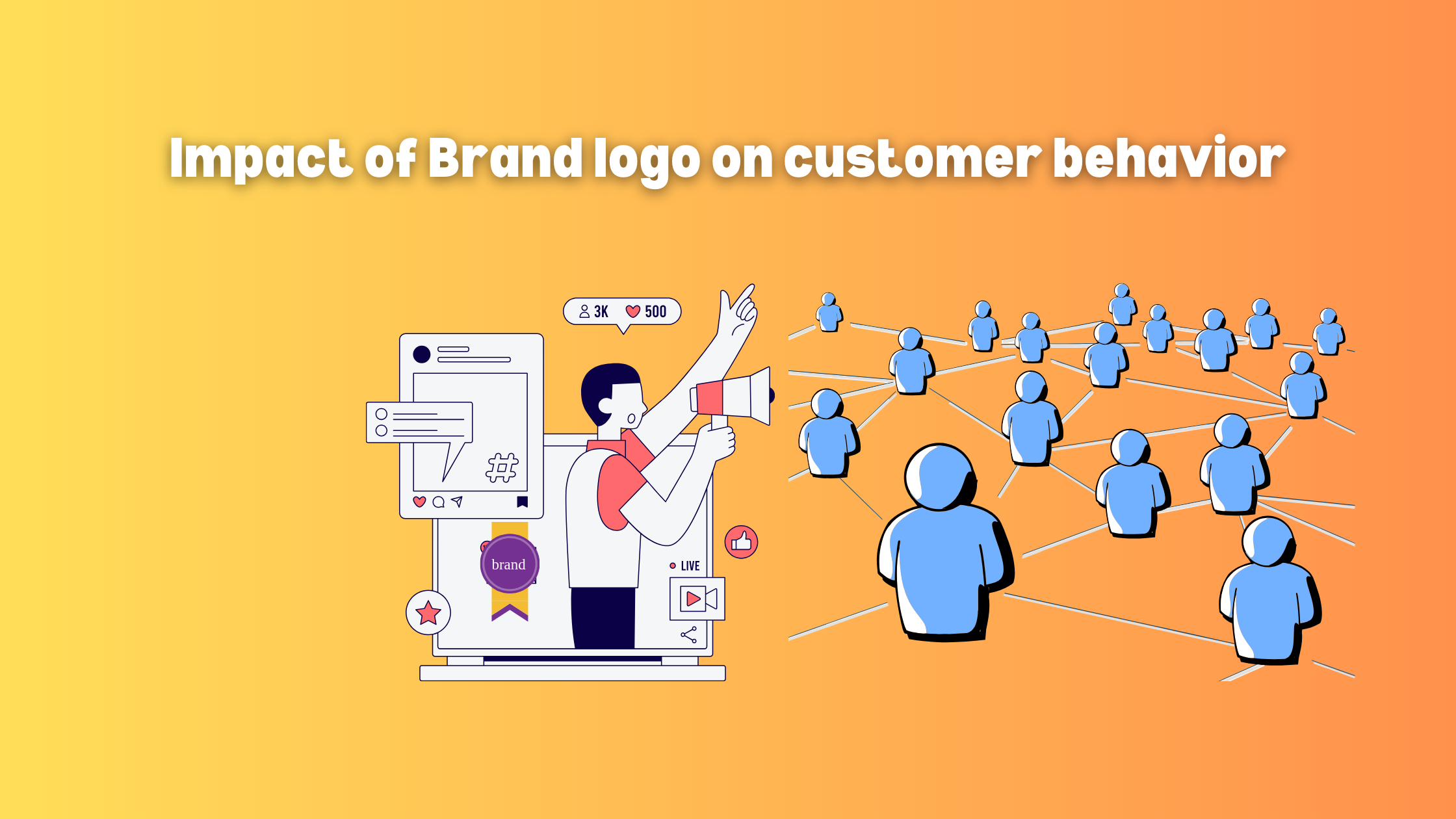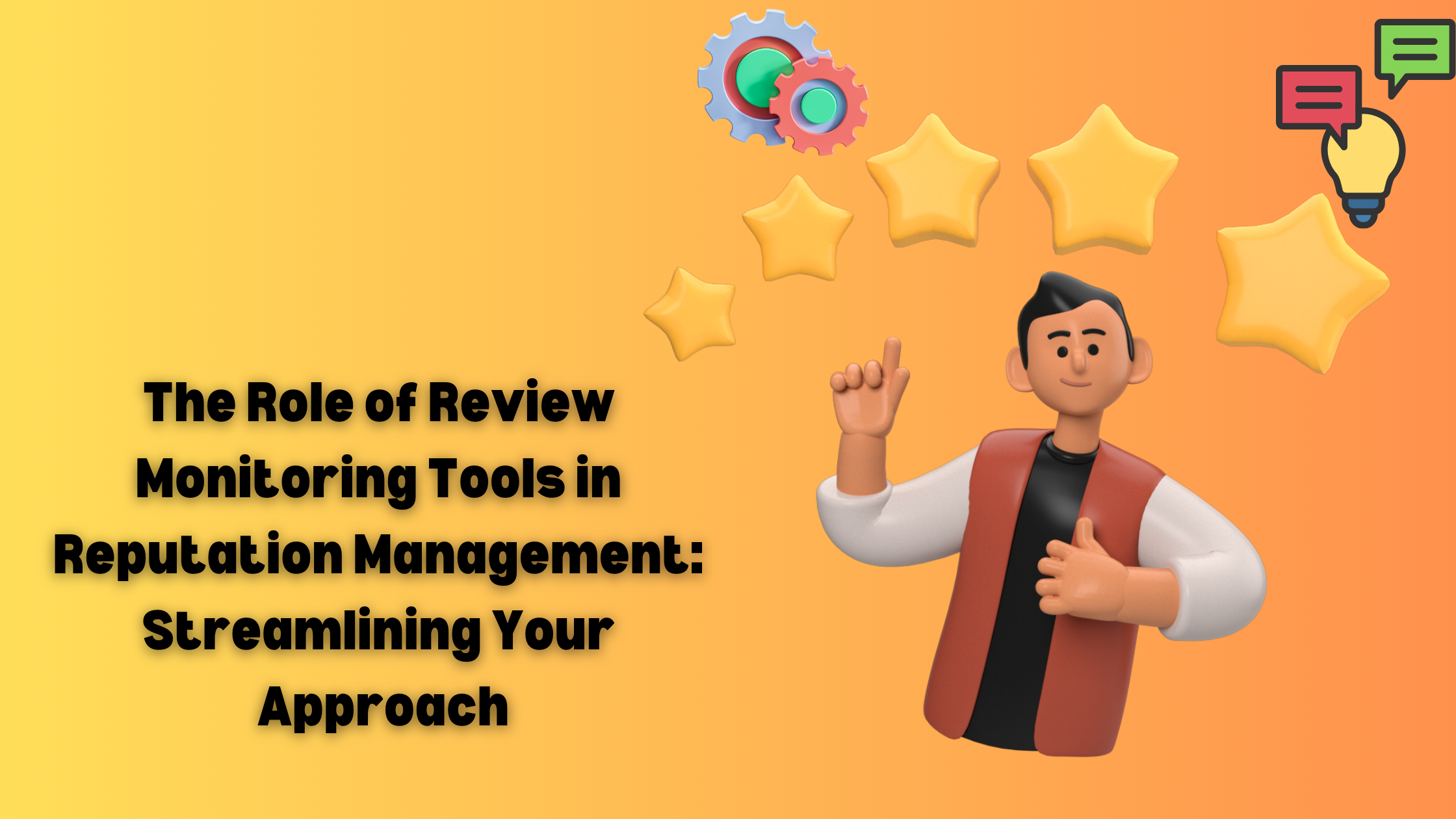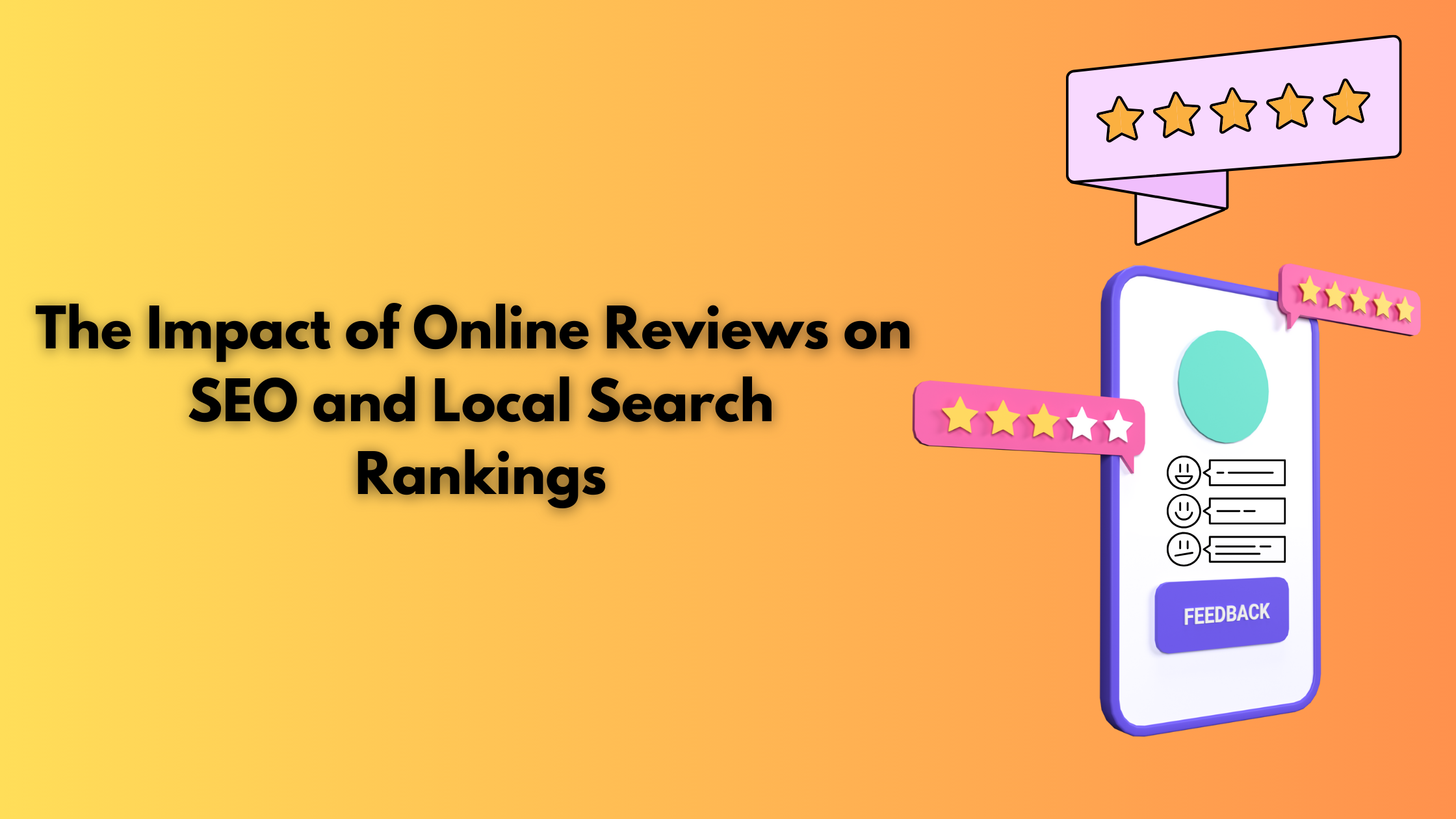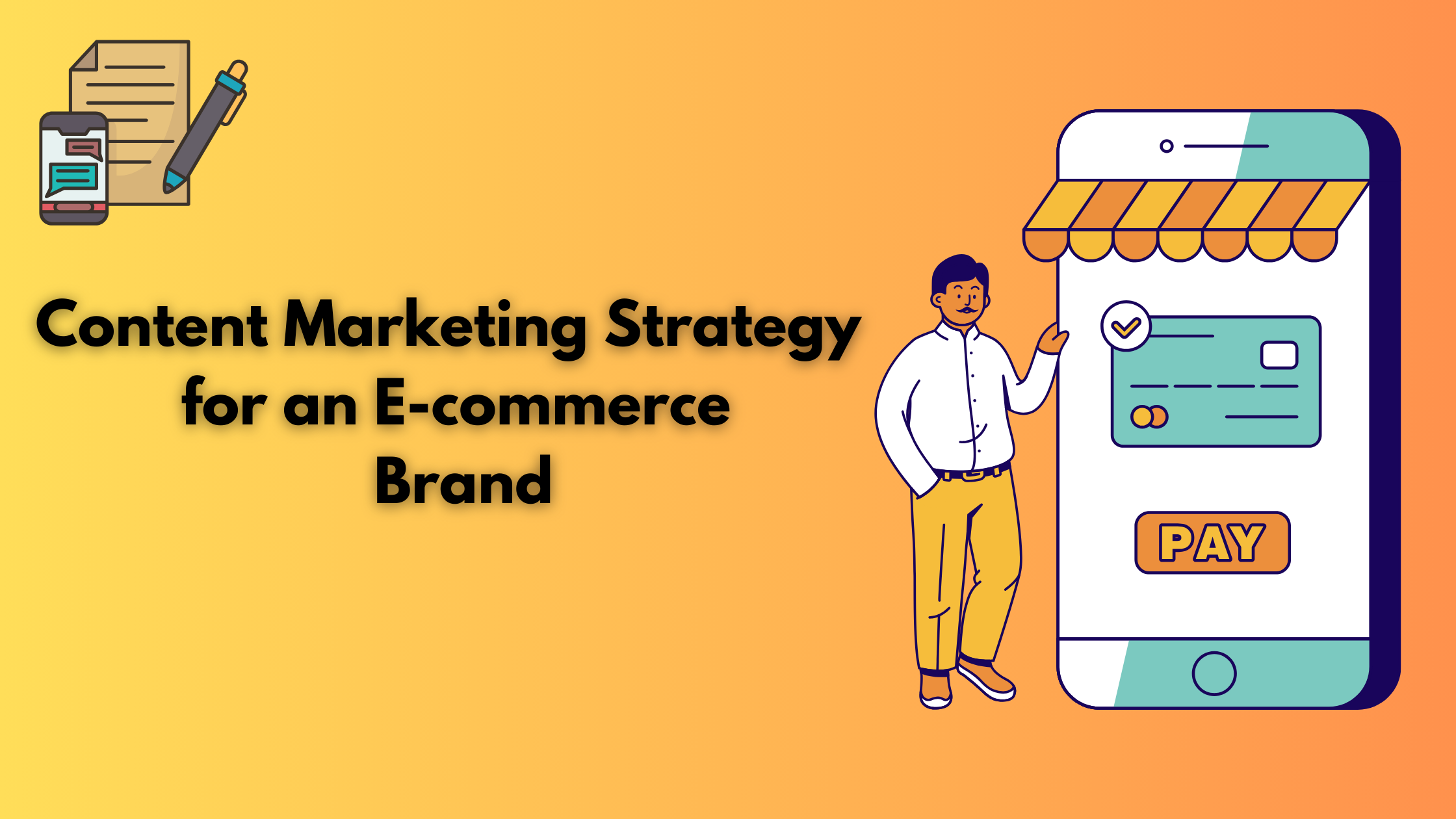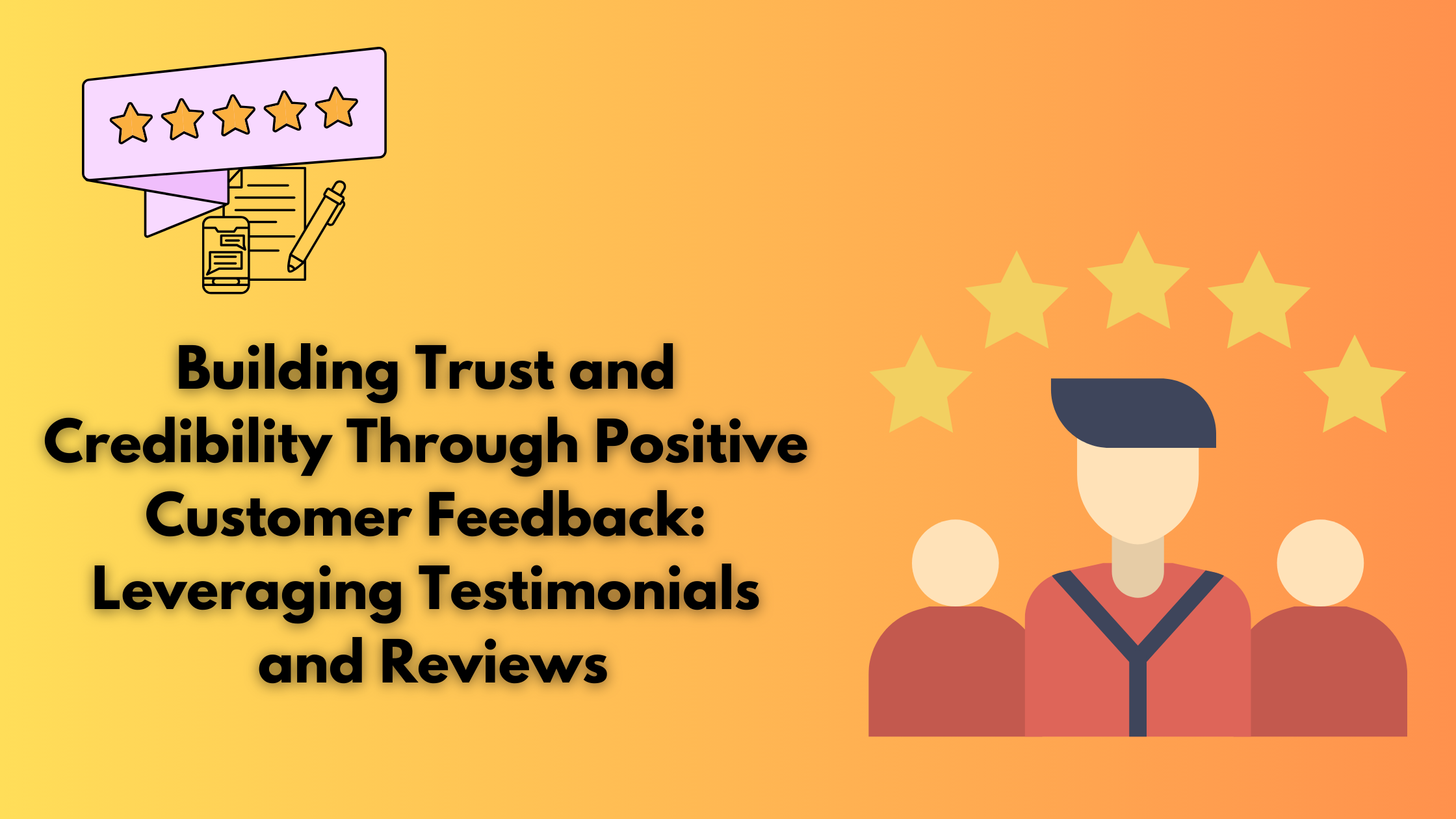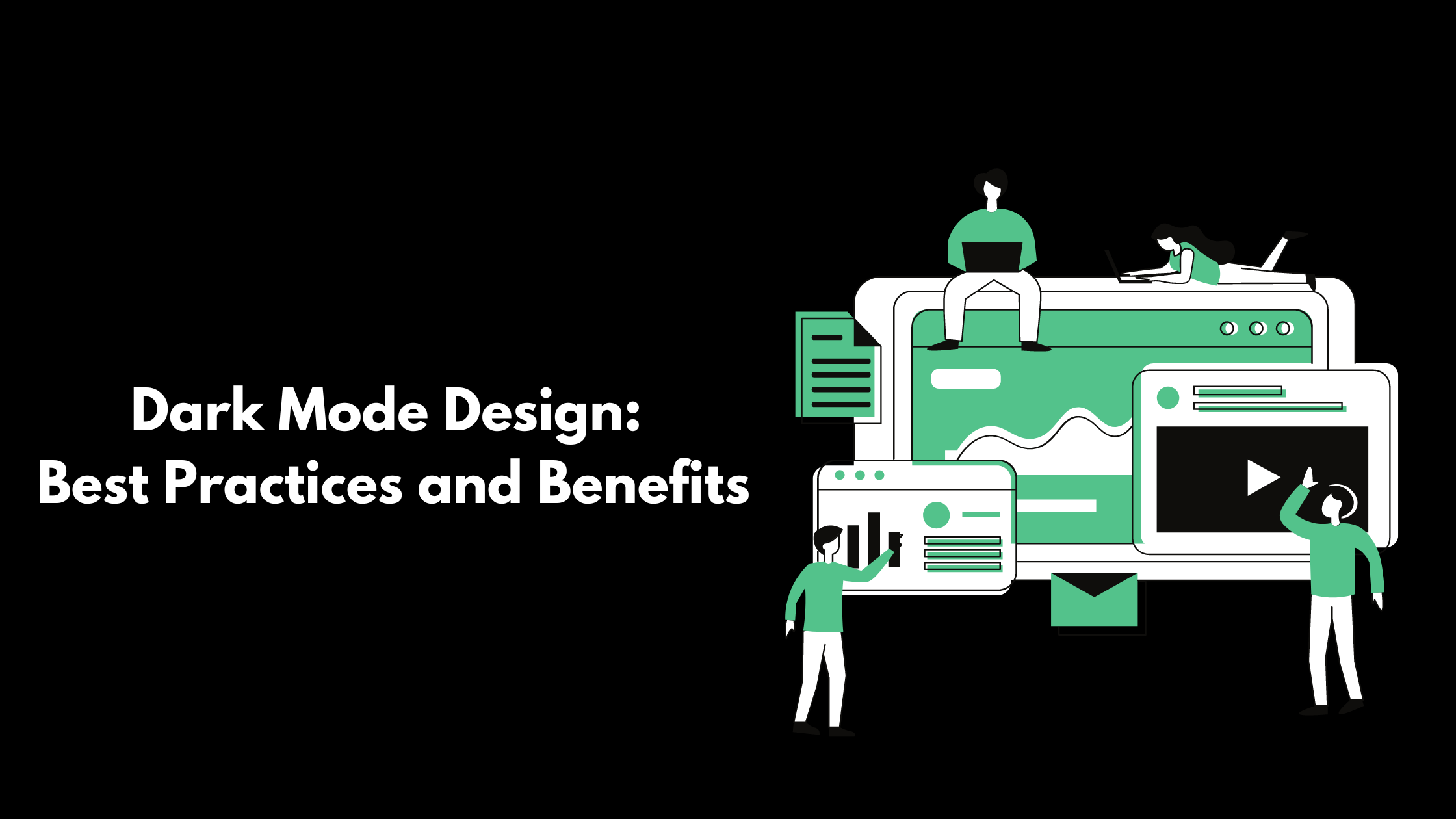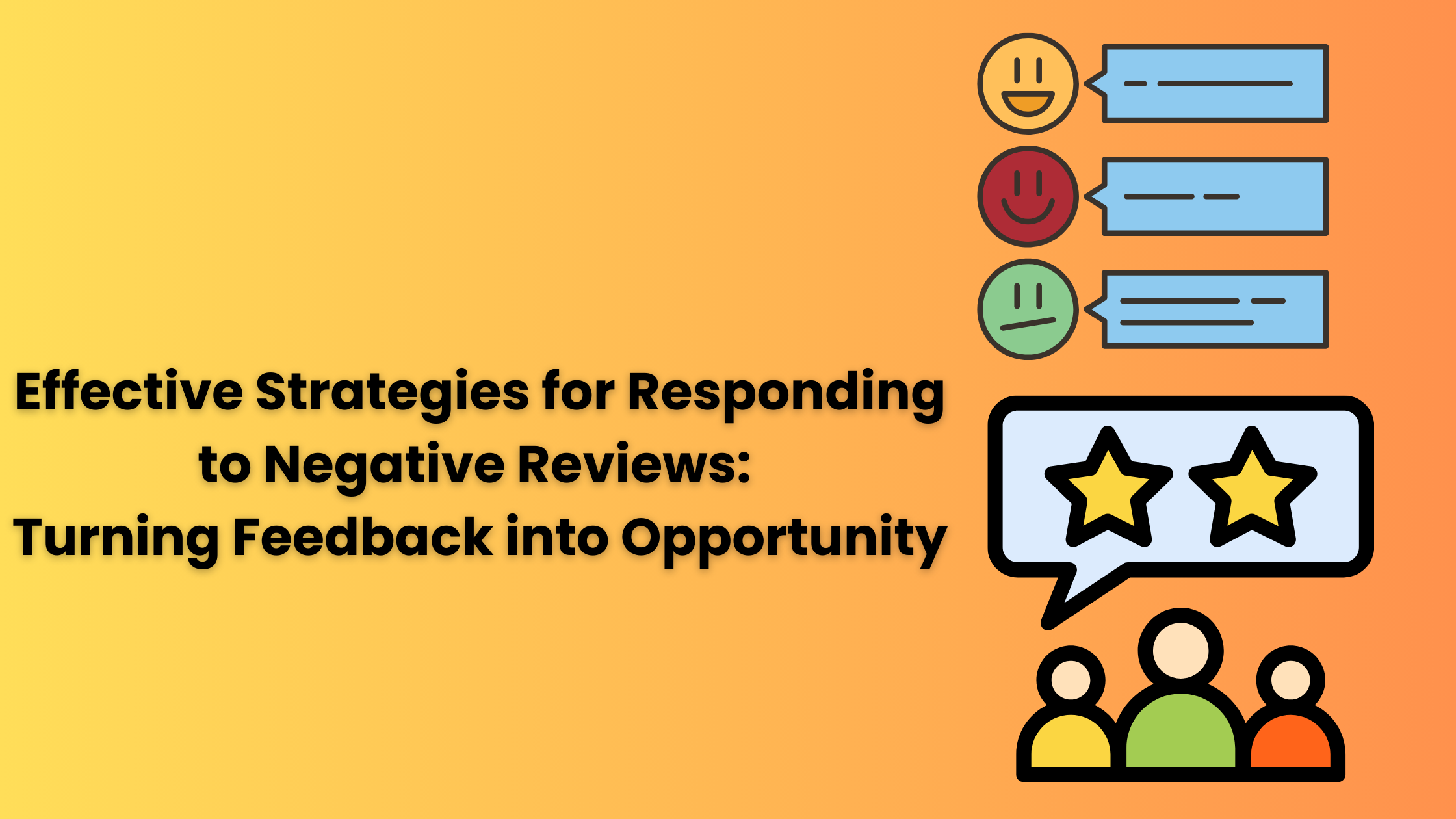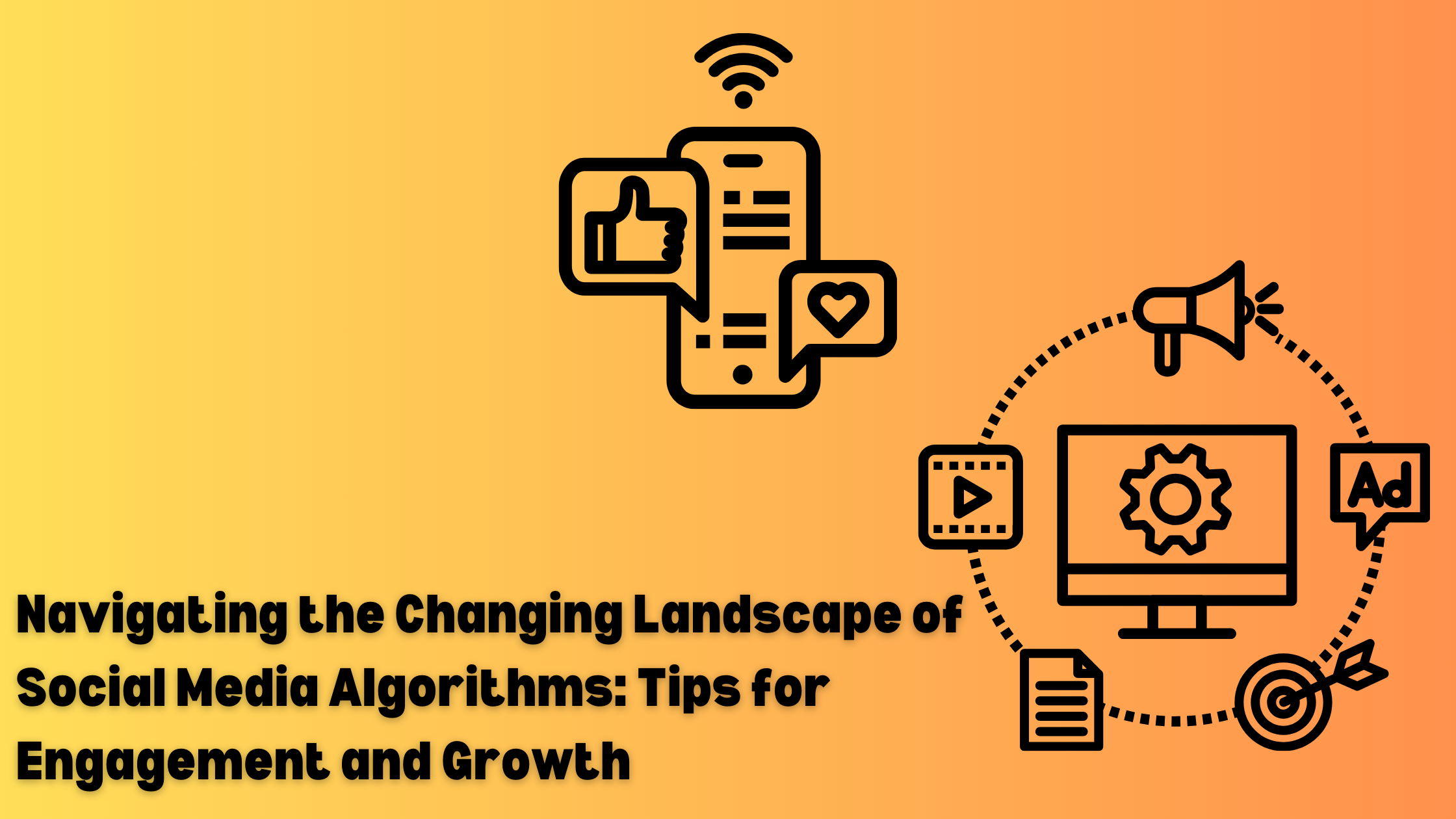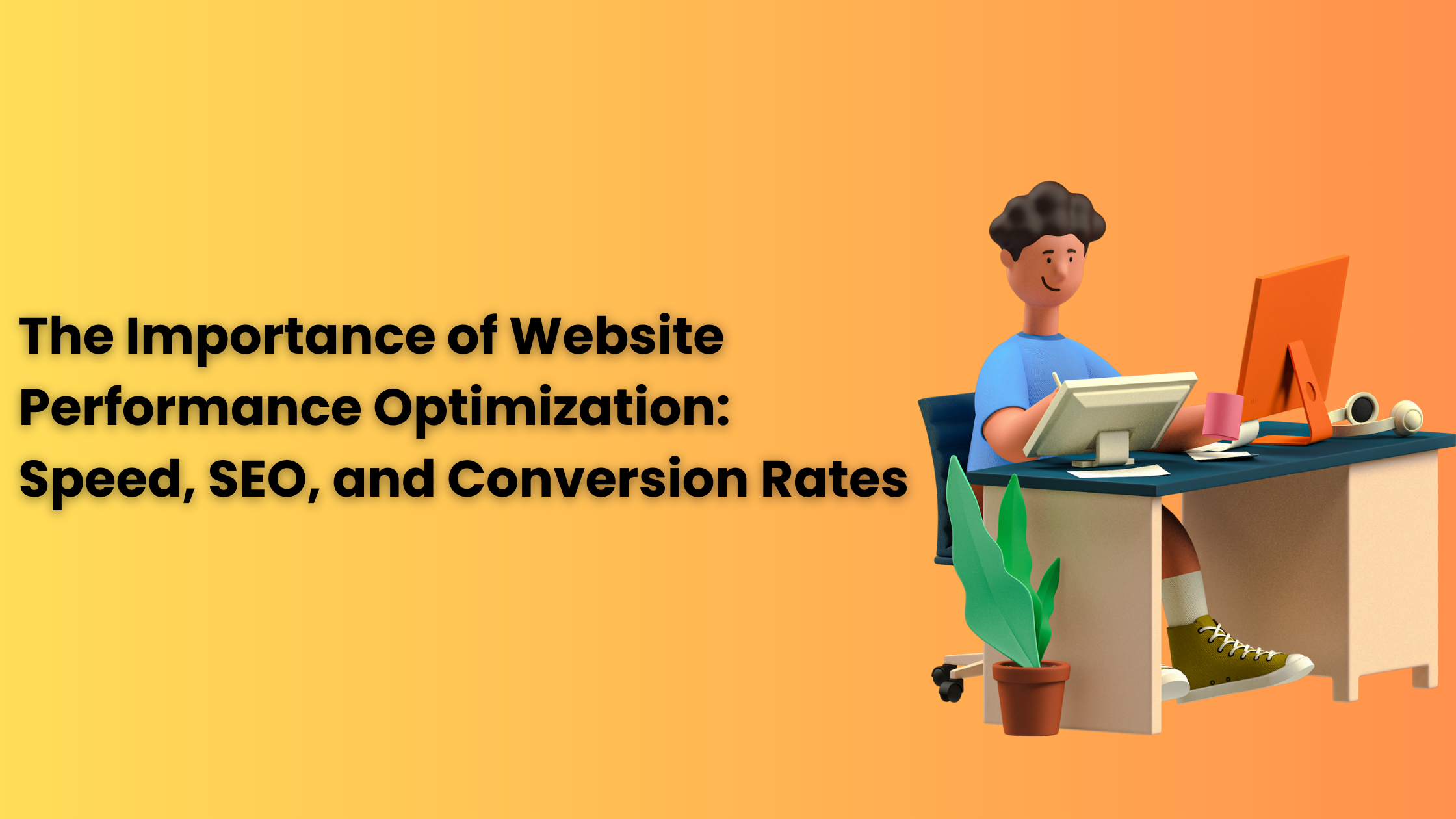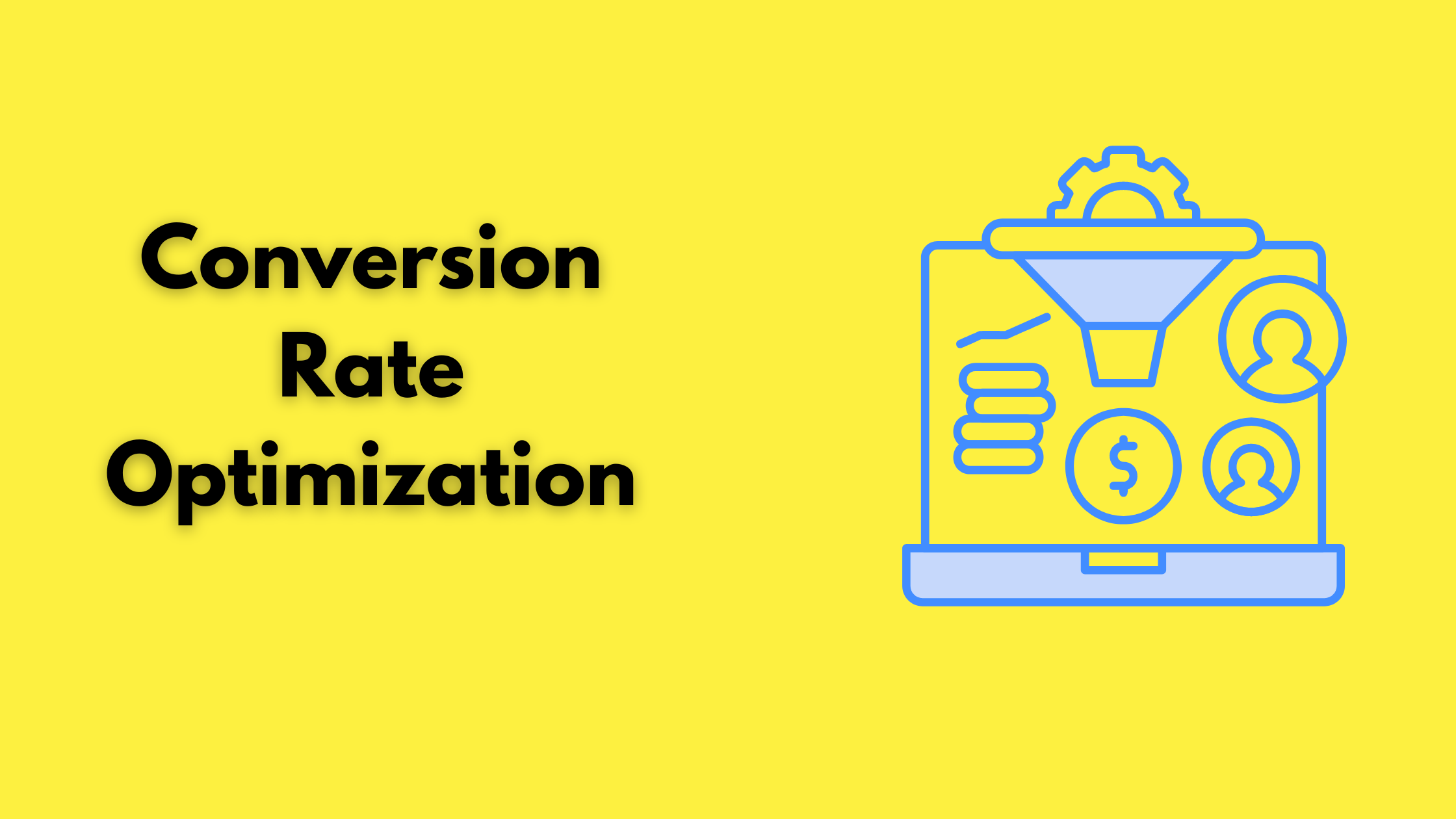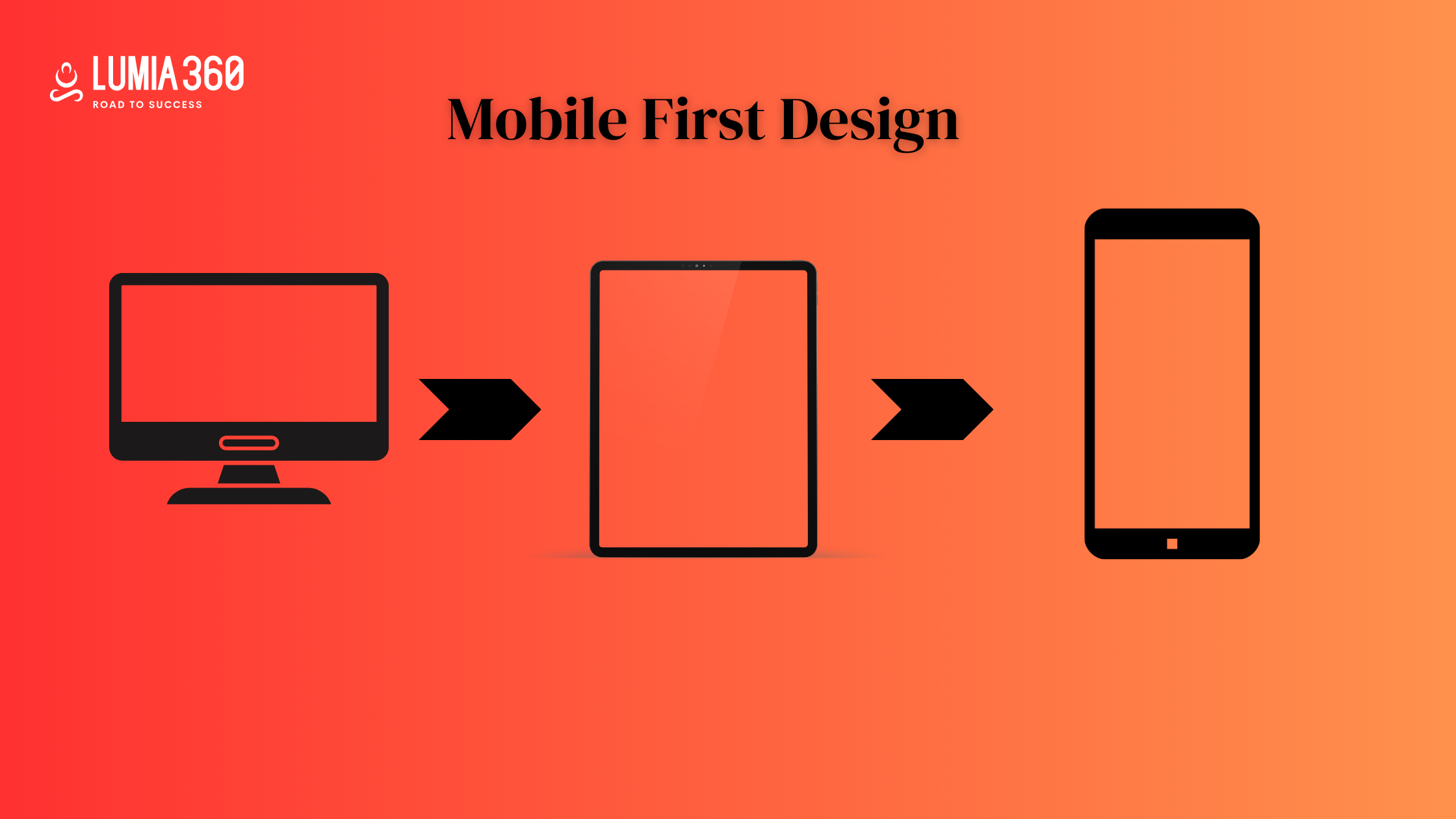
Every business, irrespective of its size and popularity, needs a website. Creating a random website is not sufficient, you must create a website that reflects your brand philosophy and highlights your Unique Selling Proposition (USP). Having a website enhances your online visibility and helps you engage with your target audience. According to a study, 71%-73% have their own website, and others are planning to have one.
Despite all this, small businesses struggle to create a website. Even if they create a website using a tool, it lacks modern elements and usability. Designing a website is not important, but designing an effective website that is accessible and responsive is important.
In this article, we’ll learn why you need a website for your business, how to create a website, and key metrics for monitoring your website.
Why do you need a website for your business?
Websites are very important for a business, even for small and medium-sized businesses. It helps in enhancing your online visibility, as a website is always available to its clients whenever they want to use it. Any small business looks for a website that is accessible and moves beyond broad. The website also helps in establishing trust and credibility. It also helps in reflecting the professionalism of the army.
The website helps in creating a brand and controlling the narrative. It highlights the value that your business can provide them. The website should be SEO optimised so that everyone can access it and it appears in the first page of their search results.
The website provides immense knowledge related to your products, market industry, etc. Along with this, your customer service should be active and responsive. A website keeps you competitive and relevant in marketing. Businesses that sell products can effectively promote their products on the website.
The website collects important data such as customer behaviour, past preferences, etc. This helps in targeting the segment audiences more effectively. By using these insights, you can make data-driven decisions and increase ROI.
Steps to Create a Website for a Small Business

Here are some of the steps that you must consider while building a website
- Purpose: Determine the purpose of your website. Determine your target audience, content, and next potential action. Create a plan determining what type of content should be utilized for your website.
- Domain Name: Select an appropriate domain name that is effective and memorable. Ensure that it fulfills the purpose of your website.
- Web Hosting Service: Select a web host. Hosting service that meets your needs, such as bandwidth, storage space, and technical support etc. Select a user-friendly setup and hosting provider that provides security features such as an SSL certificate. Also, consider the scalability of your web hosting service. Also, consider the cost. Does it cover your budget?
- Website’s Structure: Create a sitemap to visualize your website’s structure and organisation. Also, plan the navigation and user experience of your website.
- Designing: 94% of a user’s first impression is determined by the design of your website. Develop a visual identity for your website, such as color, fonts, etc. Use wireframes and mockups to visualize the layout and design of your website. Make sure the colors, typography, etc, align with your brand. Follow a visual hierarchy. 58% of website traffic comes from mobile devices to make sure you create a responsive design. In the footer, provide links to other pages as well.
- Website Builder: Select a website builder or Content Management System that fulfills your requirements and purpose. Consider the level of flexibility and consideration as per your needs.
- Content: Develop high-quality and engaging content that meets the needs of your target audience. Optimize your content for SEO, which will enhance its visibility and awareness. To optimize your seo, you must optimize your image, add image alt text, include internal links, relevant keywords, and all the necessary meta tags. For your product page, make sure you include high-quality images and product reviews. 90% of users read online reviews before making a purchase. Online reviews also help in establishing a strong online reputation. You can include a video as well. Make sure your call-to-action (CTA) is effective along with the product description.
- Test and Launch: Test your website for functionality, performance, and usability. Conduct A/B testing. Launch your website and promote it on other platforms and channels. Conduct a broken URL testing, browser, and device compatibility test. Also, conduct a readability test and a speed test to fix issues. Once you have launched the website, you must promote it through blogs, paid marketing, and social media integration. 64% of small businesses rely on email marketing for acquiring and retaining customers. Hence, you can use email marketing as well for promoting your website.
- Update: Frequently update the content of your website to keep it relevant and aligned with the latest trends. Manage and monitor the performance of your website and make necessary adjustments.
Key metrics for monitoring website performance

Every metric is effective in monitoring website performance; however, for your convenience, we have created a list of key metrics useful for monitoring your website performance.
- Unique Visitors: The number of individual visitors to your website.
- Bounce Rate: The percentage of users who leave your website without taking any further action.
- Average Session Duration: The average amount of time visitors spend on a website.
- Conversion Rate: The percentage of users who complete a desired action (such as signing up for the newsletter, completing a purchase, etc)
- Page Load Time: The time it takes for a page to load on a website.
- Organic Traffic: The number of visitors to come to your website through organic search.
Unlike large businesses, small businesses should implement a more direct and budget-friendly approach to market their products and services. This has become possible through websites. It reaches a wider audience and increases your leads. To help you further, Lumia 360 will help you in creating engaging and responsive websites that will rank high on search engines’ search results. We consider your unique needs and requirements during designing the website. To know more about our web design services, email us at info@lumia360.com or call us at 514-668-5599.
Read Also: Email Marketing Mistakes You’re Making





